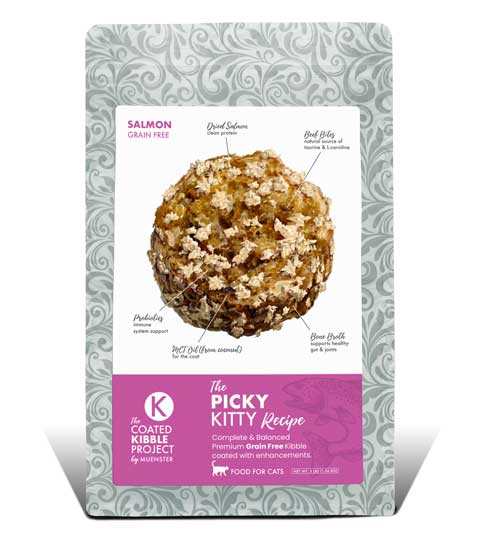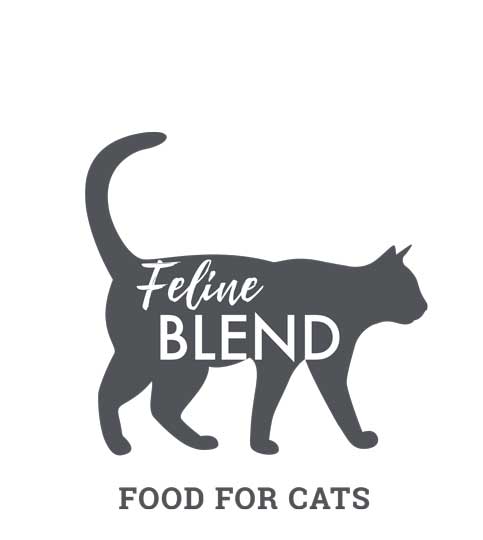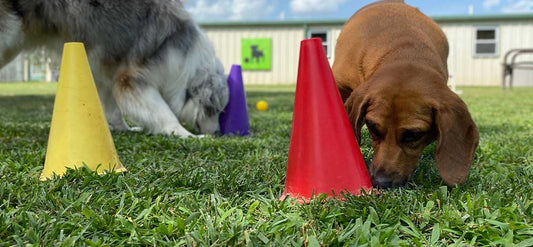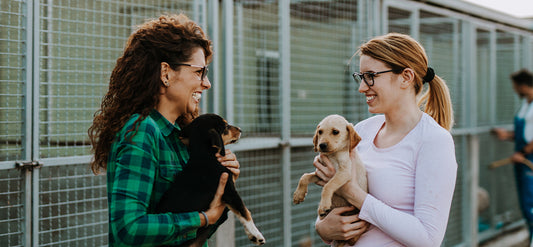As cat owners, we relish in the quirky curiosity of our feline friends. However, their natural inquisitive behavior can sometimes land them in sticky situations – particularly when it comes to common household items. Unbeknownst to many of us, there are numerous everyday objects that, while seemingly harmless, could pose serious hazards to your furry friend. This article aims to raise awareness about these potential dangers, informing you about what to look out for and how to safeguard your beloved pets, one item at a time. Coffee tables, potted plants, and even certain foods in your kitchen could be implicated in the risk. We'll also delve into symptoms to keep in mind should your kitty ingest something toxic, and first aid tips to have in your arsenal. Are you ready? Let's make your home a safer haven for your curious cat.
What are the most toxic substances for cats in a home?
- Antifreeze or ethylene glycol: This substance is not only lethal to cats but also incredibly appetizing to them due to its sweet taste.
- Rodent poisons: These toxins, designed to kill mice and rats, are highly deadly to felines as well.
- Human medication: Aspirin, Tylenol, and antidepressants, for instance, can cause severe health issues if ingested by cats.
- Lead: This heavy metal, often found in paint or pipes in older houses, is extremely harmful to cats.
- Essential oils: While they might smell pleasant to us, several oils like tea tree, cinnamon, citrus, and eucalyptus can lead to severe toxicity in cats.
- Chocolate: Something as seemingly innocuous as chocolate can prove fatal for felines, due to a substance called theobromine that they can't metabolize.
- Household cleaners: Many standard cleaning products contain chemicals that are dangerous to cats such as bleach and ammonia.
- Insecticides and fertilizers: Lawn and garden products can pose serious threats if ingested by cats, leading to poisoning symptoms.
Are there any hidden dangers for cats in a typical living room?
Indeed, there are several potential hazards for cats lurking in a typical living room. Sharp edges of furniture or glass tables can cause physical injuries. Small chewable items like coins, paperclips, and rubber bands are choking risks. Curtain cords can pose a strangulation hazard, while electric cords, if chewed, could lead to electrocution. Some materials, such as certain treated leathers and fabrics, may contain harmful chemical residues. Furthermore, any furniture treated with flame retardants, stain repellents, or other chemical treatments can be toxic if chewed or scratched by your cat. Moreover, some decorative items, like potpourri or essential oil diffusers, can be harmful if ingested or can cause respiratory issues. Always remember to cat-proof your living room to ensure it's a safe environment for your feline friend.

Are there any household plants that are dangerous for cats?
Indeed, certain plants you may have in your home pose a serious health risk to cats due to their toxicity. It's important to do your research before bringing new plants into a home with a cat. Here's a list of common plants which pose dangers to cats:
• Aloe
• Baby’s Breath
• Buttercup
• Chamomile
• Chrysanthemum
• Hibiscus
• Holly
• Iris
• Lilies
• Poinsettia
• Sweet Pea
If you're unsure whether a plant is toxic to your furry friend, the ASPCA's (American Society for the Prevention of Cruelty to Animals) Animal Poison Control Center website is a great resource to consult. This comprehensive database allows you to search by plant name, determining whether it's harmful to cats.
What kind of food items in my kitchen could be harmful to my cat?
You might be surprised to learn that certain routine items in your kitchen can be harmful to your furry friend. Chocolate is a hazard, and onions and garlic can damage a cat’s red blood cells, leading to life-threatening anemia. Caffeinated beverages or food items can lead to restlessness, rapid breathing, palpitations, and muscle tremors in cats. Lastly, dairy products can induce digestive problems in your cat as many of them are lactose intolerant. So while it may be tempting to give your cat a little of what you're eating, it's often safer to stick to cat-safe foods.
One reliable source where you can check if a food is toxic to cats is the Pet Poison Helpline website. They offer useful, detailed information about potential pet toxins. Here is their comprehensive list of pet toxins, which cover both food and non-food dangerous items for cats and dogs.
What cleaning products should I avoid using around my cat?
Many common household cleaning products contain chemicals that can be harmful to cats. These include bleach, laundry detergent, drain cleaners, toilet bowl cleaners, and certain types of floor cleaners. Aerosol products, in particular, can spread chemicals through the air where they can be inhaled by your cat or settle on surfaces where your kitty might lick them off. Opt for pet-friendly, non-toxic cleaning products instead. Some brands even offer products that are specifically designed to be safe for pets. Always store cleaning products out of your cat's reach and be sure to ventilate your home after cleaning.
How can I keep my cat safe from household hazards?
To shield your precious feline from potential household hazards, vigilance and education are critical. Start by keeping harmful foods, plants, and chemicals stored safely out of their reach. Look into replacing toxic cleaning products with cat-friendly alternatives. Regularly check small spaces like under sofas or behind appliances to ensure no enticing but dangerous objects are lurking there. Never leave open flames unattended, and consider using cord protectors for electrical wires. Lastly, providing your cat with engaging toys and treats can dissuade them from getting into mischief. That said, accidents do happen, so make sure you're familiar with the signs of poisoning and have your vet's number readily available.
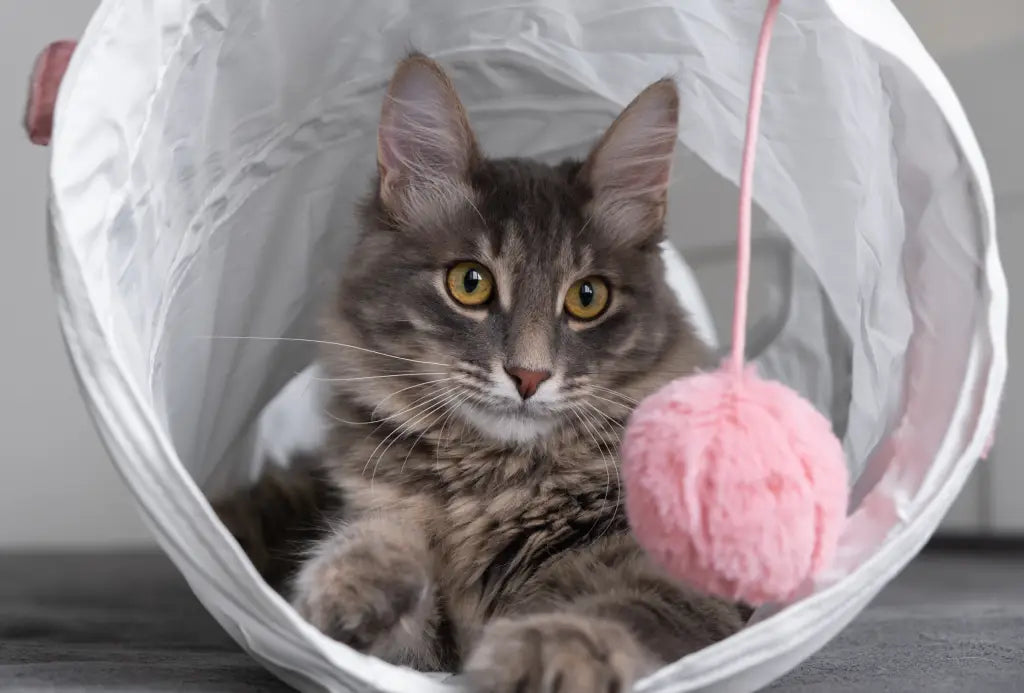
What are some symptoms that my cat has ingested something toxic?
If your kitty has ingested a harmful substance, you may notice a variety of tell-tale signs. Symptoms can range from physical changes to behavioral shifts. Physically, you may observe vomiting, diarrhea, drooling, or rapid breathing. There might be changes in appetite or drinking habits. Your cat may also show signs of distress, like excessive grooming, pacing, or hiding. In case of ingestion of certain chemicals, a burning scent or colored stains around the mouth may be visible. Behaviorally, the feline companion might act unusually lethargic, anxious, or overly aggressive. Should you notice any of these symptoms, it's crucial to seek veterinary guidance immediately.
What are some first aid tips if my cat ingests a harmful household item?
If your cat ingests a harmful substance, quick action is key. Begin by identifying the ingested substance if possible. This will be vital information for the veterinarian. Do not induce vomiting unless instructed to by a professional. Certain substances can cause more harm on the way back up. Instead, wipe any remainder of the substance off your cat's fur or mouth, keeping yourself safe in the process. Try to keep your cat calm and call your local veterinarian or pet poison control center immediately. When at the vet's, provide them with as much information about the incident and substance ingested as you can, including how much and when it was consumed. Your quick response can save your cat's life.
In conclusion, ensuring the safety of our feline friends within our homes is paramount. Being aware of the potential hazards that could harm them, spanning from toxic substances and hidden perils in our living rooms to kitchen foods and cleaning products, is critical. Recognizing symptoms of toxic ingestion and taking immediate action can be a life-saving measure. Remember, the safety of your home environment directly influences the well-being of your dear cat. Continually educate yourself about potential dangers, so you can create a safe and harmonious living space for your much-loved pet.


